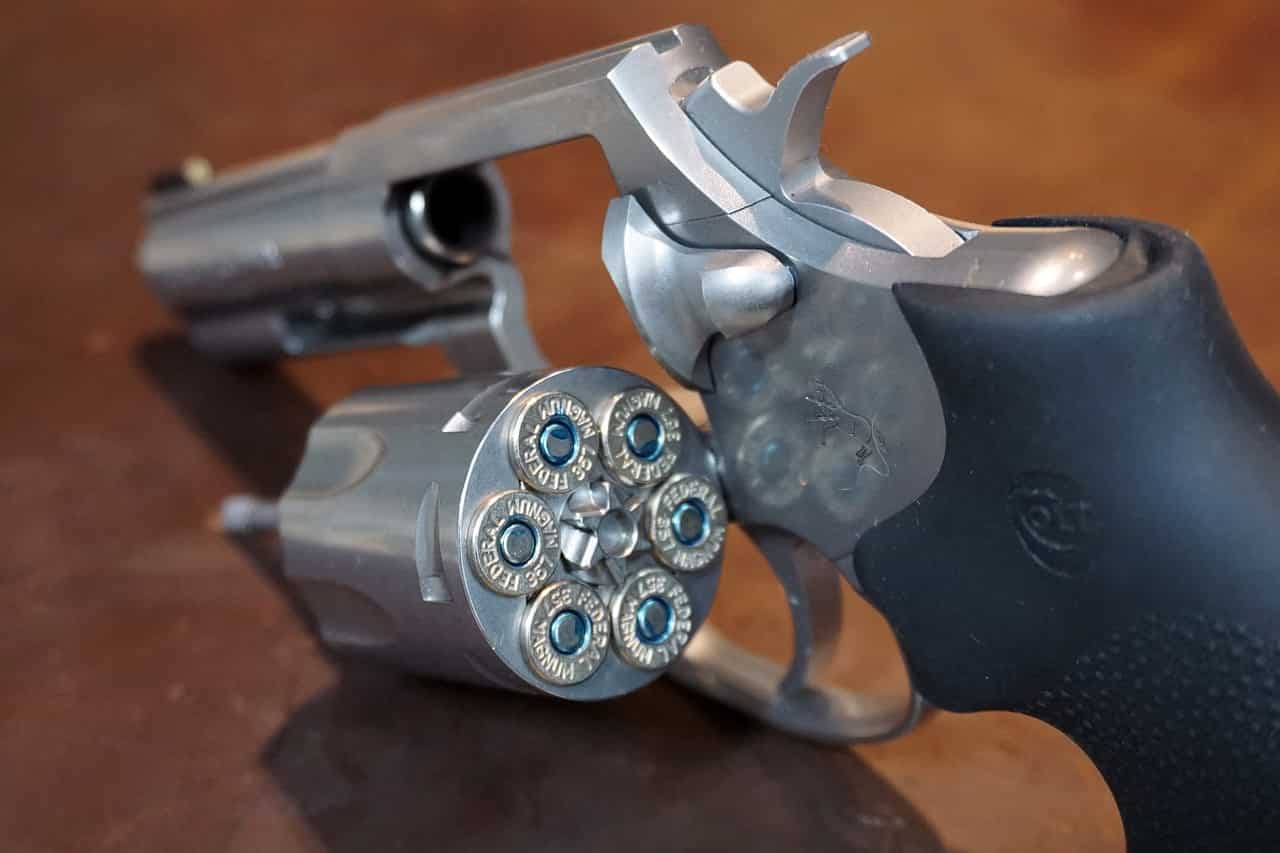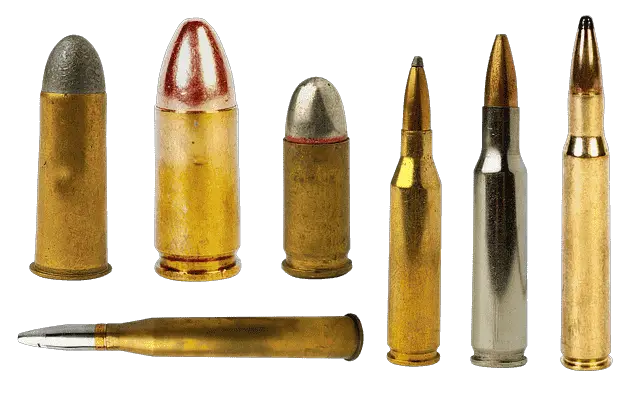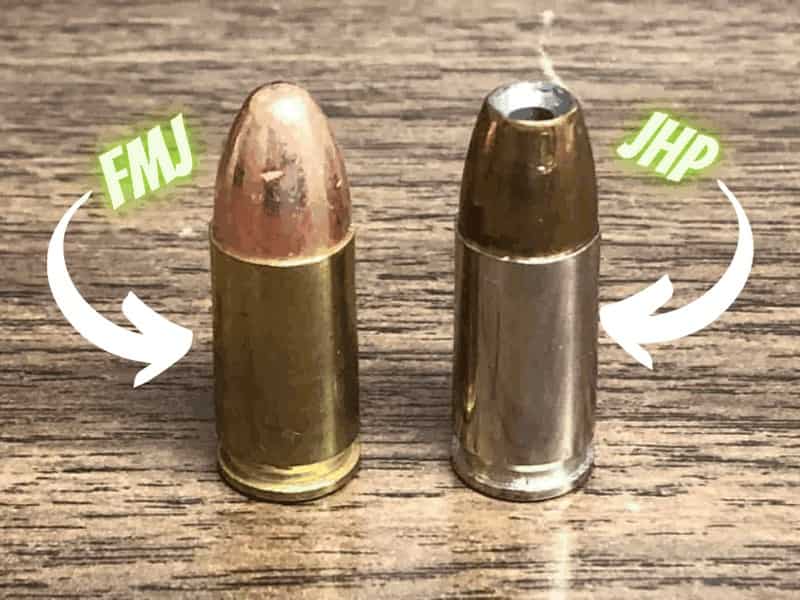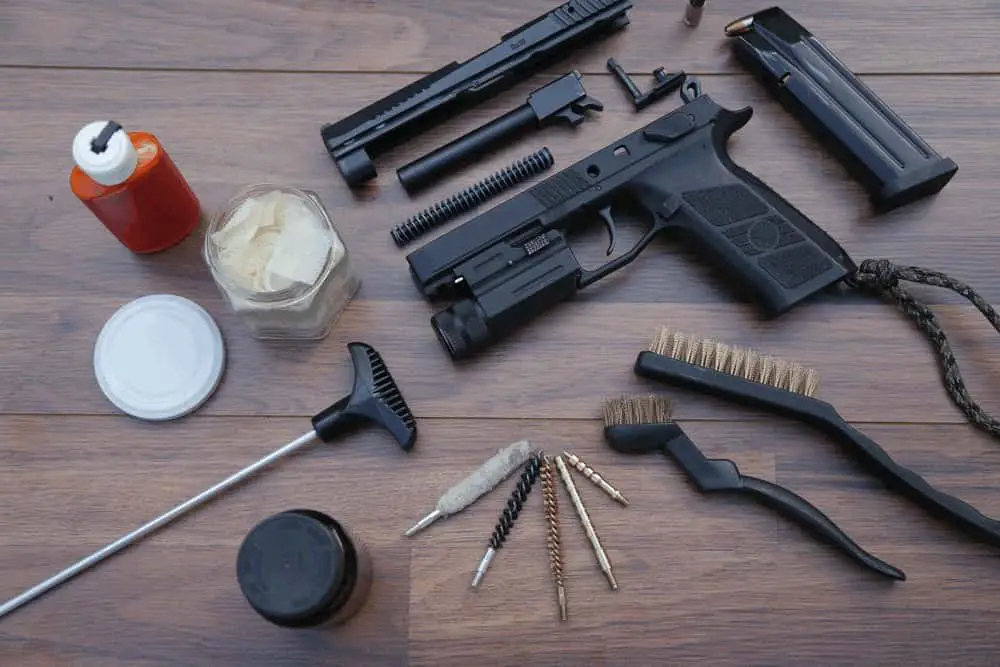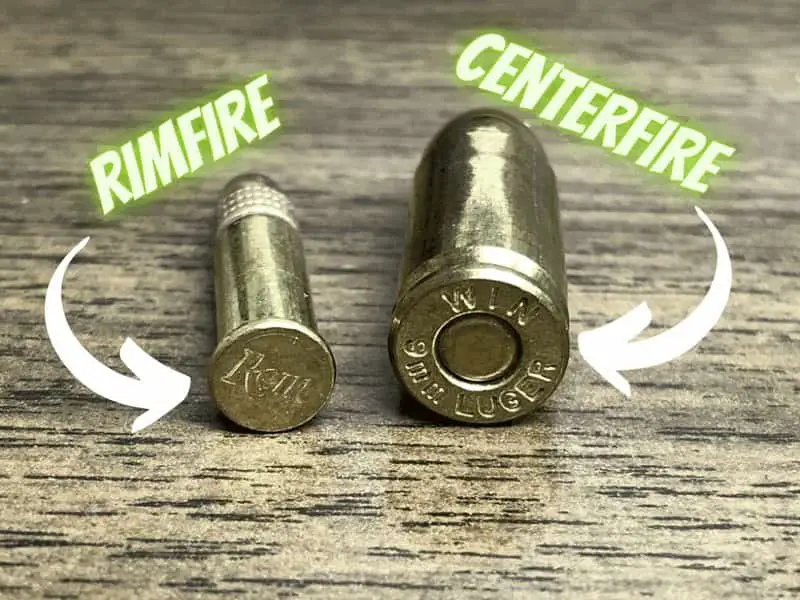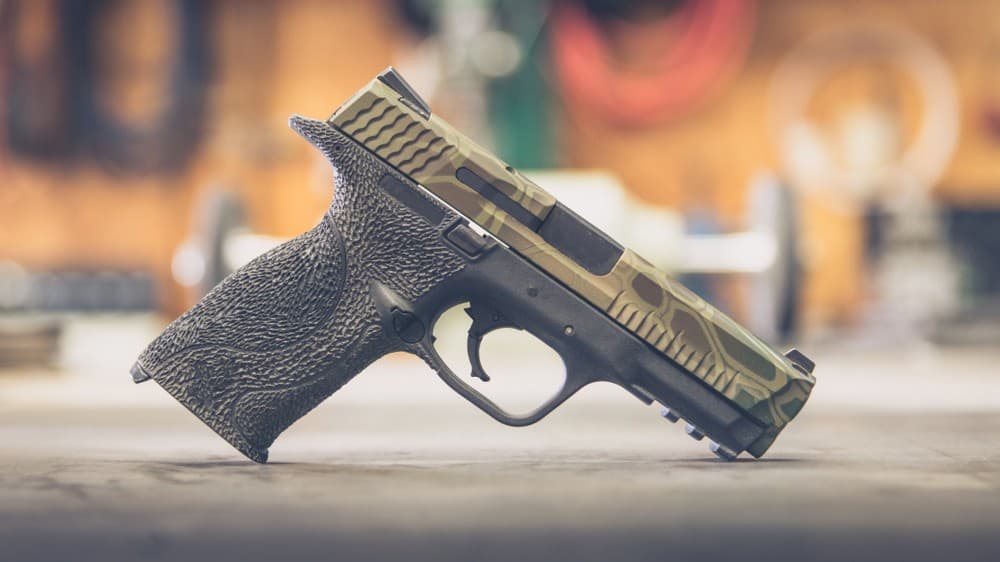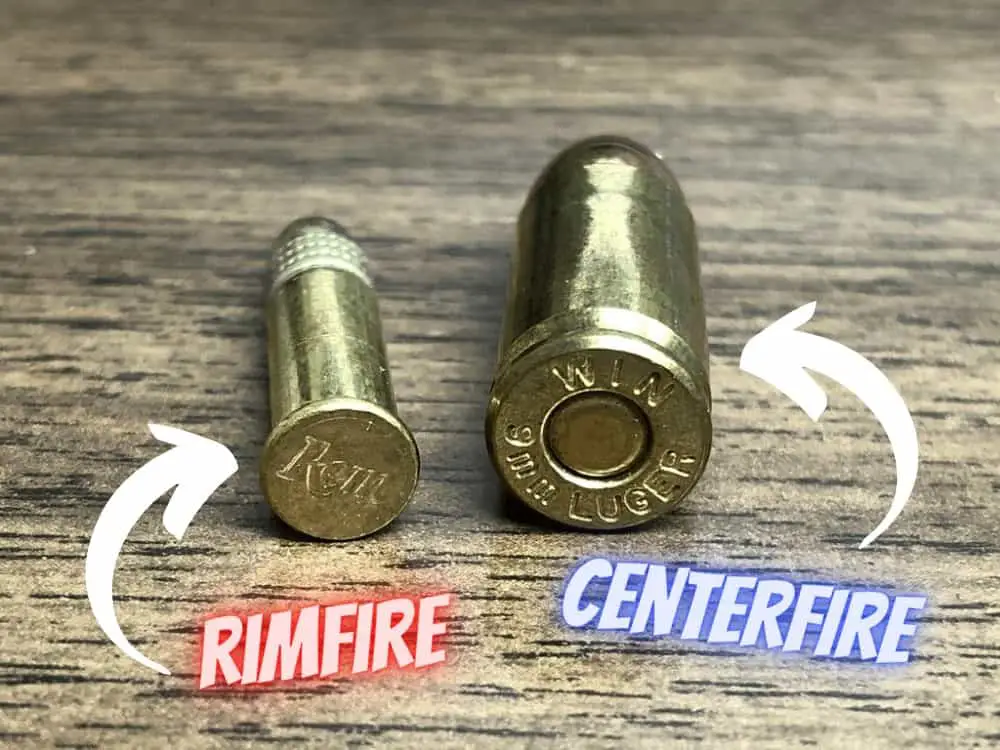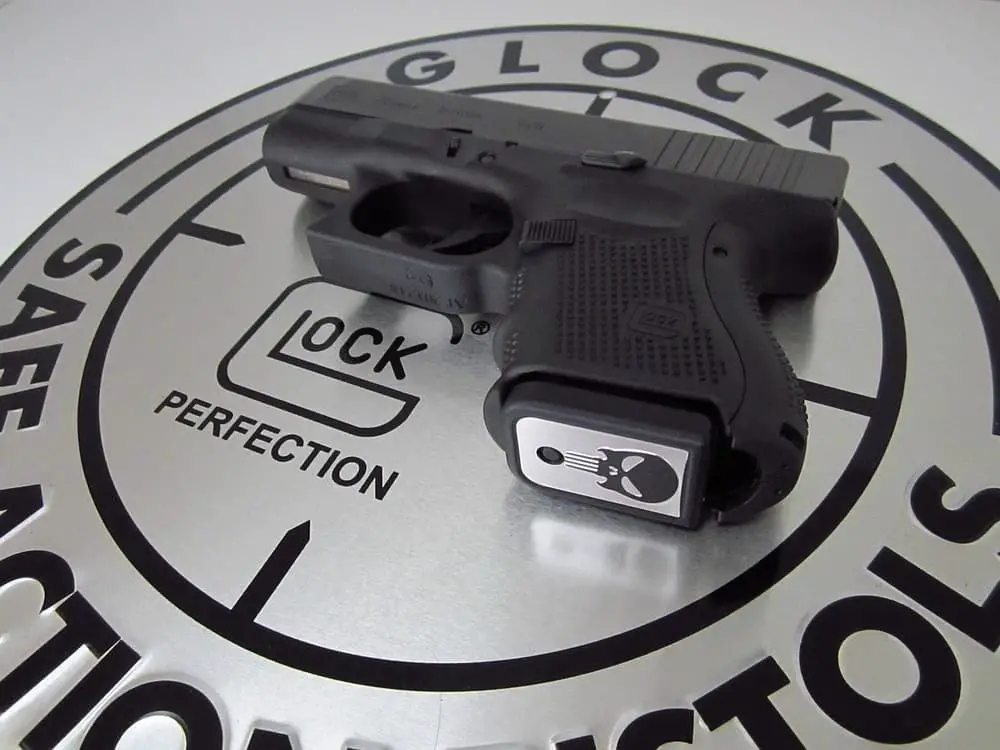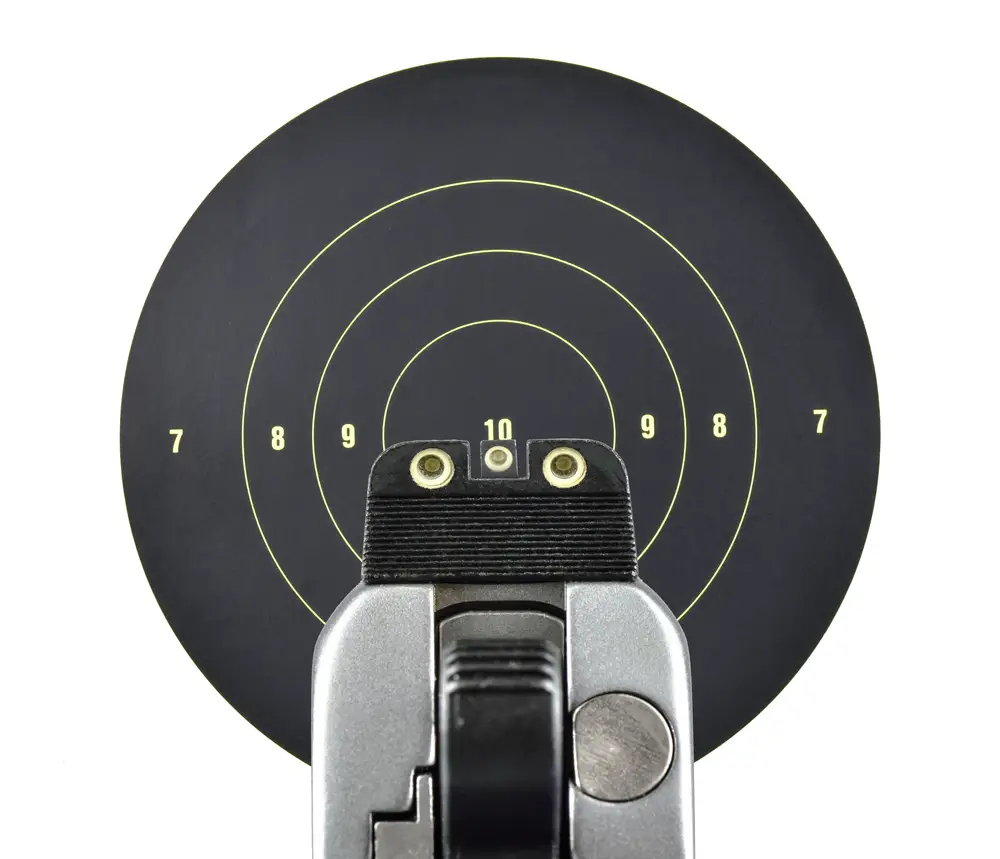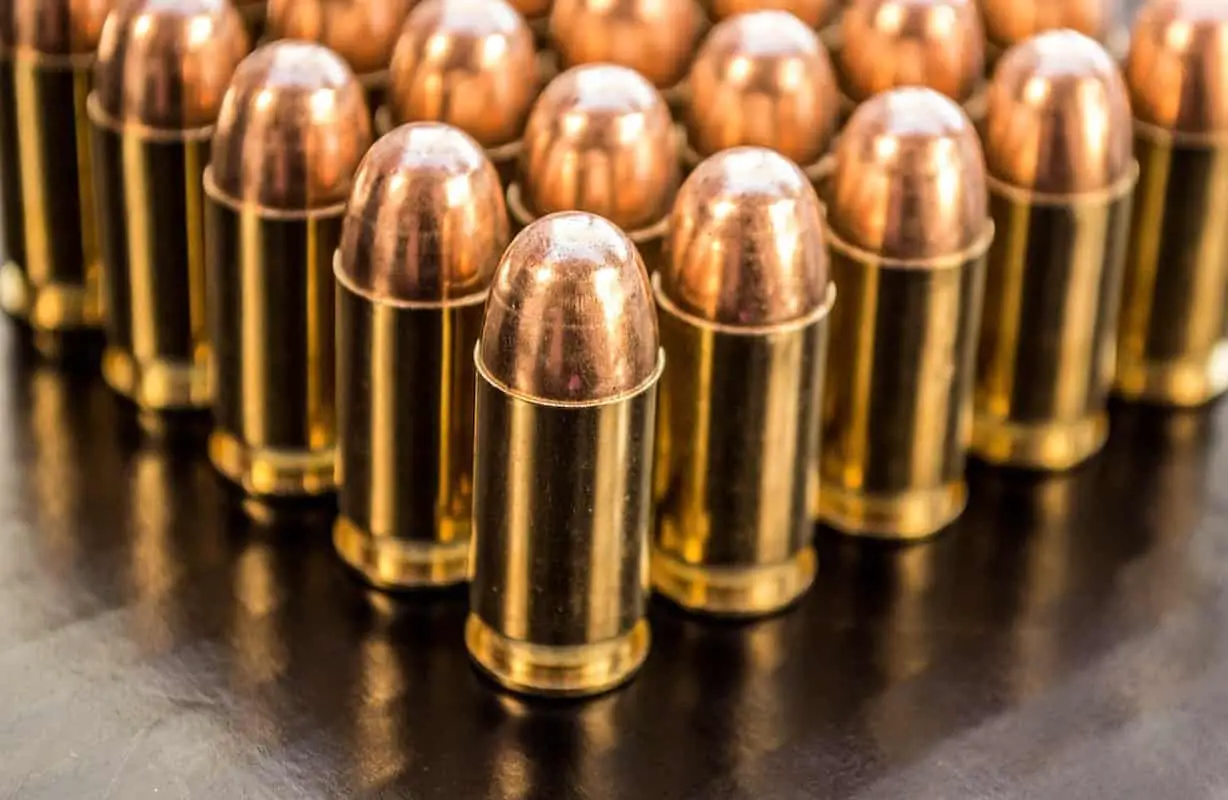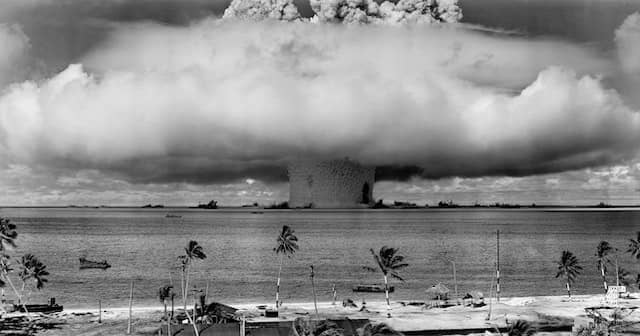
So, you’re looking to have some fun with tannerite? You’re not alone. This explosive has become increasingly popular among gun enthusiasts and those who enjoy a good explosion. However, before you go out and buy a bunch of tannerite, it’s important to understand the legal limits of using this explosive.
First off, what exactly is tannerite? It’s a binary explosive that consists of two separate components: ammonium nitrate and aluminum powder. When these two components are mixed together and hit with a high-velocity impact, such as a bullet, it creates a loud explosion and a cloud of smoke. While tannerite is legal to purchase and use in most states, there are still regulations in place that you need to be aware of.
The amount of tannerite you can legally set off varies by state and even by county but it’s recommended not to use more than 1 pound at once. Some areas have restrictions on the amount of tannerite you can possess at one time, while others have restrictions on where you can use it. It’s important to do your research and check with your local authorities before using tannerite to ensure that you’re staying within the legal limits.
How much Tannerite can you legally set off
If you’re interested in using Tannerite for personal or business use, it’s important to understand the legalities surrounding the explosive compound. Here are some key points to keep in mind:
State Regulations
Each state has its own regulations regarding the sale, possession, transportation, and storage of explosive materials. Some states, such as California, New York, Oregon, and Washington, have strict laws regarding the use of Tannerite. Make sure to check your state’s laws before purchasing or using Tannerite.
Permits and Licenses
In some states, you may need a permit or license to purchase or use Tannerite. For example, Indiana requires a federal explosives license to manufacture, distribute, or use explosives. Montana and Minnesota require a permit to purchase or use Tannerite. New Jersey and Oklahoma restrict the use of explosive targets on public land.
Restrictions and Regulations
Even in states where Tannerite is legal, there may be restrictions on its use. For example, Pennsylvania prohibits the use of exploding targets during certain times of the year to prevent forest fires. The Bureau of Land Management and Forest Service also have regulations regarding the use of explosive targets on public land.
Consequences of Illegal Use
Using Tannerite illegally can result in fines, imprisonment, and other legal consequences. In addition, illegal use of Tannerite can be dangerous and cause fires, property damage, and injury.
Personal Use and Target Practice
If you plan on using Tannerite for personal target practice, make sure to follow all safety guidelines and use it responsibly. Use low-velocity bullets to avoid shrapnel and be aware of the impact of the bullet on the target. Reactive targets can create a cloud of smoke and shock, so make sure to use them in a safe and controlled environment.
Business Use and Manufacturing Explosives
If you plan on using Tannerite for business purposes or manufacturing explosives, make sure to comply with all federal and state regulations. Tannerite is a sensitive explosive and can be dangerous if mishandled. Make sure to use proper equipment and follow all safety guidelines when manufacturing or handling explosive devices.
The Science Behind Tannerite
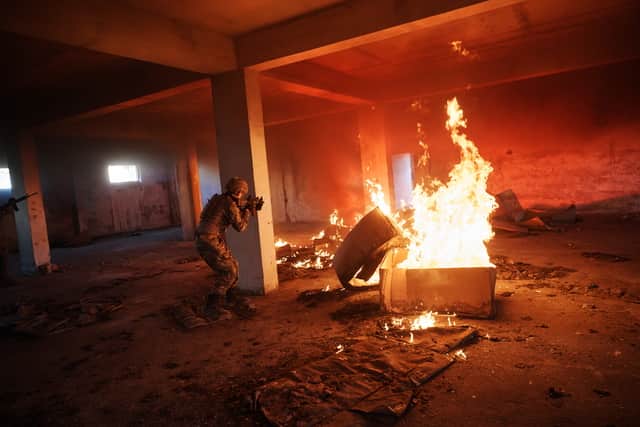
Free Stock photos by VecteezyWhat Is Tannerite?
You’ve probably heard of Tannerite before, but what exactly is it? Tannerite is a binary explosive, which means it’s made up of two separate components that are inert until mixed together. The mixture consists of ammonium nitrate and aluminum powder, and when combined, it creates a highly explosive compound.
How Does It Work?
When the mixture is hit with a high-velocity projectile, such as a bullet, it creates a reaction that results in a loud explosion and a cloud of smoke. The explosion is caused by the rapid oxidation of the aluminum powder, which releases a large amount of energy. This reaction is what makes Tannerite such a popular choice for reactive targets in shooting sports.
Daniel Jeremy Tanner and the Invention of Tannerite
Tannerite was invented by Daniel Jeremy Tanner in the late 1990s. Tanner, who was an explosives expert, was looking for a way to create a more stable and predictable explosive compound. He came up with the idea of using ammonium nitrate and aluminum powder as a binary mixture, and Tannerite was born. Tannerite quickly gained popularity among shooting enthusiasts and hunters, as it provided a safe and fun way to practice shooting skills. However, it’s important to note that Tannerite is a highly explosive compound and should be used with caution. Always follow the manufacturer’s instructions and local laws regarding the use of Tannerite. In conclusion, Tannerite is a binary explosive mixture consisting of ammonium nitrate and aluminum powder. When mixed together and hit with a high-velocity projectile, it creates a loud explosion and a cloud of smoke. It was invented by Daniel Jeremy Tanner and has become a popular choice for reactive targets in shooting sports. Remember to always use Tannerite safely and responsibly.
Conclusion
Congratulations! You have made it to the end of this explosive article about tannerite.
Remember, tannerite is an explosive and should be treated with caution. Always follow the regulations and guidelines set forth by your local authorities. Do not use tannerite in a way that could cause harm to yourself or others.
Whether you are using tannerite for personal use or for business purposes, it is important to understand the legal and safety implications. Make sure you are up to date on all the regulations and guidelines in your area.
Science has brought us many great inventions, and tannerite is no exception. It is a unique and exciting way to have fun and blow off some steam. Just make sure you are doing it safely and legally.
So go ahead, grab your tannerite, and have a blast! Just remember to follow the rules and stay safe while doing it.

Jason Huskey
Owner of CCWClasses.net
Jason Huskey is a family man with three kids and a wonderful wife. He’s always starting new hobbies, but his true passion lies in shooting sports. Jason has been a CCW license holder for over 10 years and carries every day. In addition to firearms, he also enjoys playing guitar and writing songs. He tries to live by the Christian values he believes in.
More things you might enjoy…
Can a 38 Special Shoot 357 Rounds?
Image by MikeGunner from Pixabay I’ve long since discovered that very few activities give me the same thrill and sense of security as firing a gun. As a gun owner and enthusiast, I’ve always been curious about which guns can shoot which kinds of ammunition. I have a Derringer five-shot revolver that uses .22 rounds.…
Who Makes the Most Popular Brands of Ammo
If you are here to figure out who makes Herter’s ammo just look below the following table for a more thorough answer. If you are looking for a specific type of ammo, then you need to start by figuring out who makes it. There are lots of options for ammunition and each type of bullet…
What Does Full Metal Jacket Mean?
If you have heard the term full metal jacket, then you might be wondering what this means. I know that growing up, I heard this term a lot. I dismissed it as some sort of saying or cliche. Eventually, I decided that I needed to figure out what people meant when they use this term.…
How Often Should You Clean Your Gun?
After purchasing a firearm, you might wonder how often you should clean your gun. The truth is that it largely depends on how often you use it and where you live. Keep reading to learn more. How Often Should You Clean Your Gun? The short answer: do a light cleaning after every shooting session and…
What Is The Main Difference Between Centerfire And Rimfire Ammunition?
Rimfire vs Centerfire Everyone has to start somewhere. If you’re new to guns, learning the difference between rimfire and centerfire ammunition is important. Let me backtrack a moment. The first time I went out on the gun range, I had zero idea that there were different types of ammo for different types of weapons. All I knew…
Continue Reading What Is The Main Difference Between Centerfire And Rimfire Ammunition?
How Should You Hold a Handgun for Maximum Accuracy?
Whether it’s for sport or you find yourself in a defensive situation where you need to use a handgun, how you hold it will significantly affect your accuracy. Developing your handgun techniques will help you become a better shot and keep you safe. Read on to learn the answer to the question: How should you…
Continue Reading How Should You Hold a Handgun for Maximum Accuracy?
What Is Stippling On A Gun?
Hey, would you like a more firm grip on your gun? Would that help you shoot better? Well that is what stippling is for. Stippling is a modification to the grip that makes it, well, more grippy. It is done by sanding off the original finish and then using a hot soldering iron to make…
What Is A Centerfire Pistol?
To answer the question: “What Is A Centerfire Pistol?”, you must first understand that there are two main types of ammunition: Centerfire Rimfire These ammo categorizations are based on where the firing pin hits the back of the bullet to make it fire. A centerfire pistol is one where the firing pin strikes the center…
Is It Bad To Dry Fire A Glock?
There are loads of myths and assumptions surrounding handguns. If you grew up around guns, you probably heard some of these myths. Today, we will answer the question: Is it bad to dry fire a Glock. The Quick Answer Dry firing modern centerfire guns is completely fine (this includes most Glocks). The firing pin does…
What Is The Sight Picture?
When you first became interested in shooting you probably heard the terms sight picture and sight alignment being thrown around. Most people tend to use the two terms interchangeably; however, they do not mean the same thing. In this guide, I will make a clear distinction between sight picture and sight alignment. To master any new trade, you must…
What is Ball Ammo
When you hear the term “ball ammo” you may be picturing an actual ball. While the term did originate from ball shaped ammo, that’s not what it means today. Most ball ammo today is cylindrical in shape. It will have a lead core coated with copper. Keep reading to learn all about the history and…
